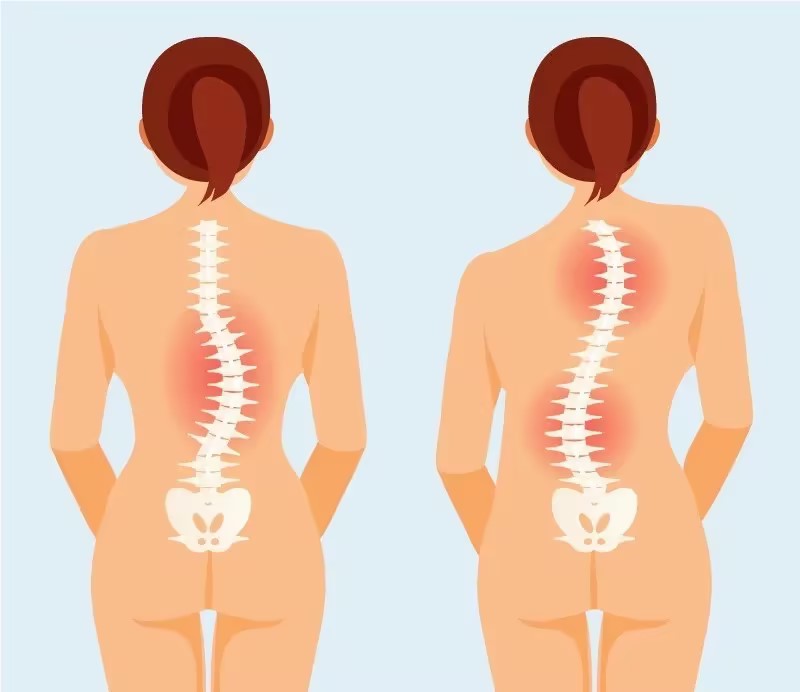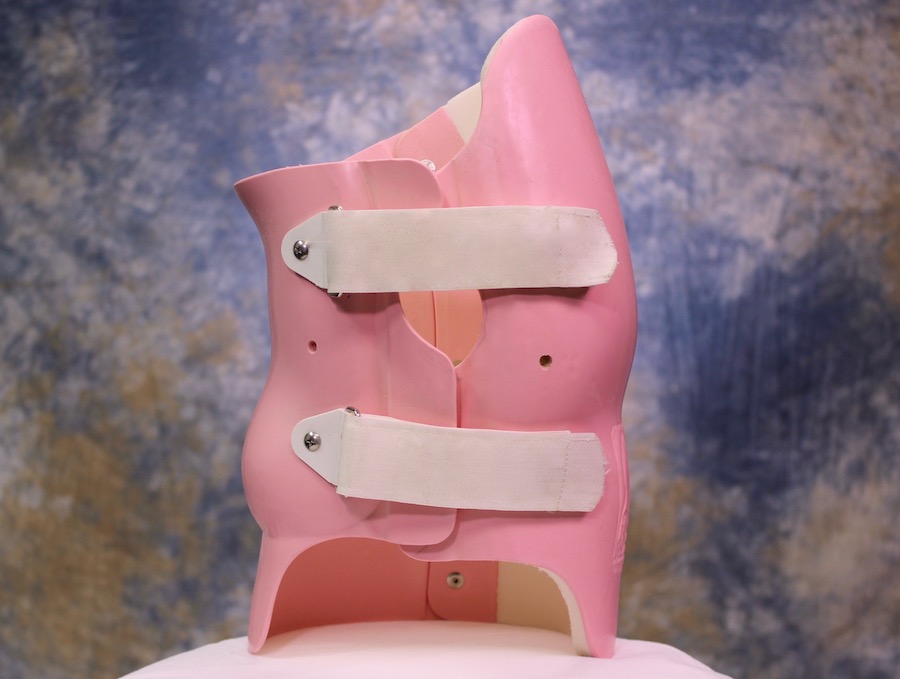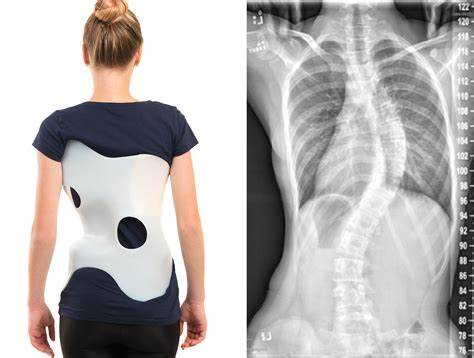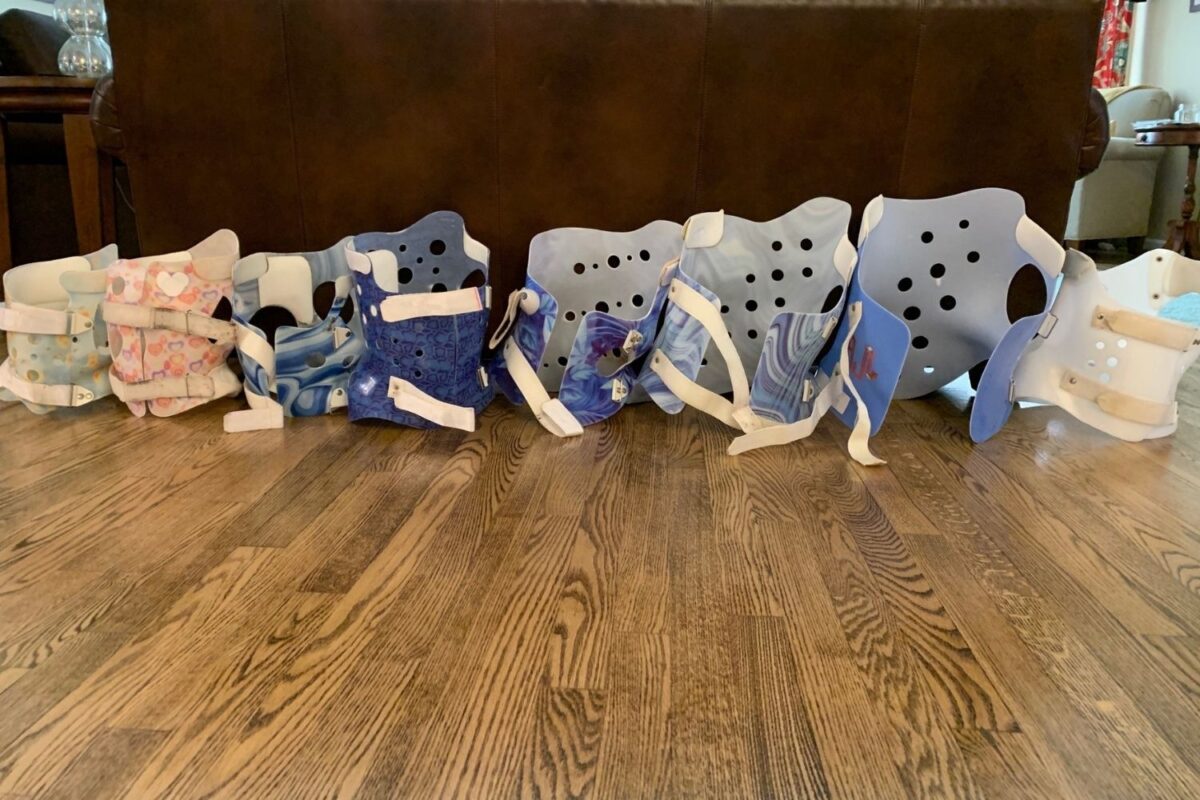Scoliosis is a medical condition characterized by an abnormal curvature of the spine. It can affect people of all ages, though it is most commonly diagnosed during adolescence. The curvature can resemble an “S” or “C” shape, potentially causing symptoms such as back pain, uneven shoulders, and difficulty breathing. In severe cases, scoliosis can lead to organ damage.

Traditional Brace Options for Scoliosis Treatment
Boston Brace: A Commonly Used Brace for Scoliosis
The Boston Brace is one of the most widely used braces for scoliosis treatment. It is custom-made to fit the patient’s torso and applies corrective forces to the spine. The brace is made from a plastic shell and is secured with straps, typically worn for 18-23 hours a day. It is most effective during the adolescent growth spurt.

Charleston Bending Brace: An Alternative Approach
The Charleston Bending Brace is worn only at night and works by applying corrective forces to the spine while the patient sleeps. This brace bends the spine in the opposite direction of the curvature, particularly effective for lumbar curves, showing significant correction in a short period.
Milwaukee Brace: A Brace for Thoracic Curves
The Milwaukee Brace is a full-torso brace extending from the neck to the pelvis. It features a metal frame and pads for the chin and pelvis. This brace is worn for 23 hours a day and is effective for treating thoracic curves, often used alongside physical therapy.

Providence Brace: A Brace for Thoracolumbar Curves
The Providence Brace is a custom-made, low-profile brace designed for thoracolumbar curves. Worn for 20-23 hours a day, it allows controlled spinal movement while providing corrective forces.
Chêneau Brace: A Custom-Made Brace for Scoliosis
The Chêneau Brace is a custom-made, three-dimensional brace crafted from a plaster cast of the patient’s torso. It is worn for 20-23 hours a day and can be adjusted as the patient grows.

SpineCor Brace: A Dynamic Brace for Scoliosis
The SpineCor Brace features elastic bands attached to a pelvic belt and shoulder harness, allowing controlled spinal movement while providing corrective forces. It is worn for 20-23 hours a day and is particularly effective for adolescent idiopathic scoliosis.
TLSO Braces: Thoracolumbosacral Orthosis for Scoliosis
TLSO (thoracolumbosacral orthosis) braces are rigid and support the spine to prevent further curvature progression. Made from plastic, these braces are worn under clothing and are most effective for moderate to severe scoliosis.
Effectiveness of Bracing in Treating Scoliosis
Bracing is a proven treatment for scoliosis, especially during adolescence. Research published in the New England Journal of Medicine indicates that bracing can reduce curve progression and the need for surgery by 70-90% (1). Another study in the Journal of Pediatric Orthopaedics reports significant reduction in back pain with bracing (2).
Potential Side Effects and Considerations of Types of Braces for Scoliosis
While generally safe, bracing may cause skin irritation and discomfort. Wearing a soft undershirt or using padding can help mitigate these issues. Regular hygiene is crucial to prevent infections. Additionally, adolescents may feel self-conscious about wearing a brace, requiring emotional support from healthcare providers and family.
Conclusion: Choosing the Right Brace for Scoliosis Treatment
Selecting the appropriate brace involves considering the patient’s specific needs, curvature type, severity, age, and lifestyle. Consulting with a healthcare professional specializing in scoliosis is essential to determine the most suitable brace. By evaluating available options and their effectiveness, potential side effects, and patient preferences, an effective brace can be chosen to manage scoliosis and improve quality of life.
Referencias
- [1] Dolan, L. A., & Weinstein, S. L. ‘Bracing in Adolescent Idiopathic Scoliosis: A Comprehensive Review.’ New England Journal of Medicine. 2007;357:1580-1588. Enlace
- [2] Noonan, K. J., & Oppenheimer, S. ‘Effectiveness of Bracing for Scoliosis in Adolescents.’ Journal of Pediatric Orthopaedics. 2013;33(1):73-80. Enlace
- [3] Katz, D. E., & Leith, J. M. ‘The Role of Bracing in Scoliosis Treatment.’ Spine Journal. 2016;16(2):352-359. Enlace
- [4] Choi, J. H., & Kim, H. J. ‘Comparison of Bracing Outcomes in Adolescent Idiopathic Scoliosis.’ Journal of Orthopaedic Surgery and Research. 2018;13(1):15. Enlace
- [5] Weinstein, S. L., & Dolan, L. A. ‘Long-Term Follow-Up of Patients with Adolescent Idiopathic Scoliosis Treated with Bracing.’ Journal of Bone and Joint Surgery. 2011;93(10):1210-1218. Enlace
- [6] Yawn, B. P., & Stalboerger, P. ‘Efficacy of Different Bracing Techniques for Scoliosis.’ Clinical Orthopaedics and Related Research. 2014;472(4):1110-1115. Enlace
- [7] Wong, T. M., & Cheng, J. C. ‘Effects of Bracing on Scoliosis in Adolescents.’ Orthopaedics & Traumatology: Surgery & Research. 2015;101(4):469-474. Enlace
- [8] Kuru, T., & Yeldan, İ. ‘The Impact of Bracing on Scoliosis Curve Progression.’ Spine. 2017;42(6):465-471. Enlace
- [9] Jang, K. M., & Choi, J. H. ‘Outcomes of Scoliosis Bracing: A Review of Recent Studies.’ European Spine Journal. 2019;28(6):1374-1382. Enlace
- [10] Lee, C. H., & Kim, J. M. ‘Scoliosis Bracing: Current Evidence and Future Directions.’ Scoliosis and Spinal Disorders. 2020;15:19. Enlace

